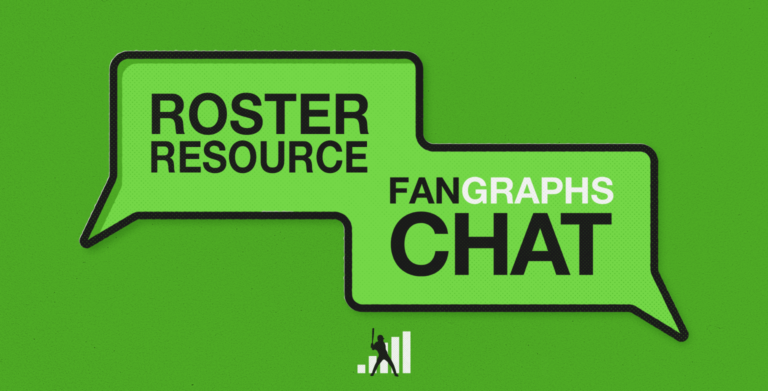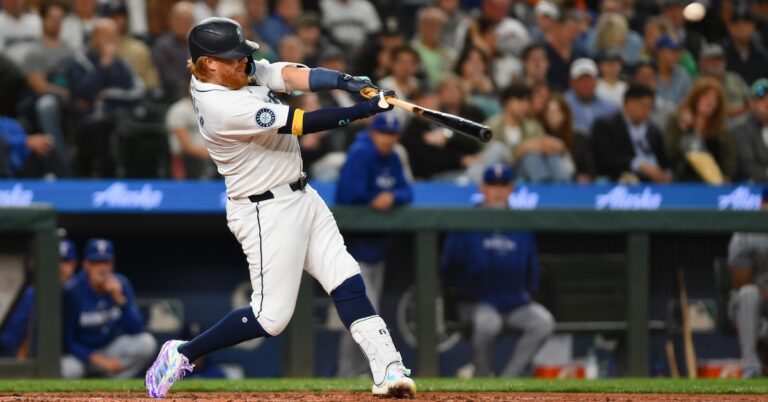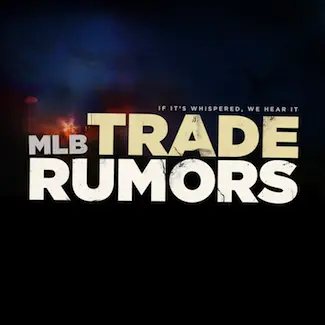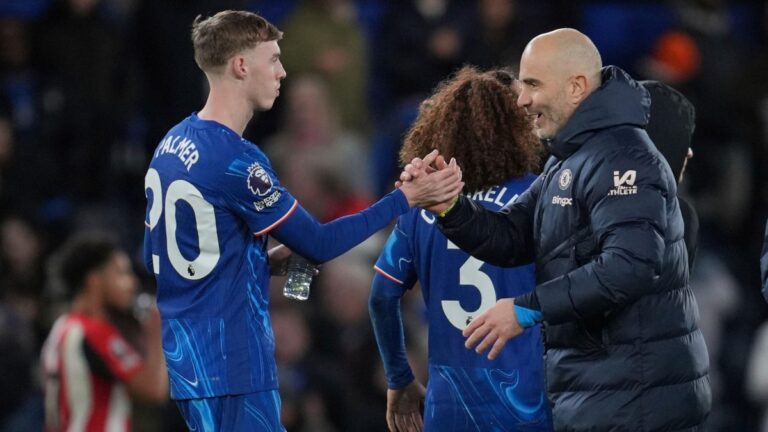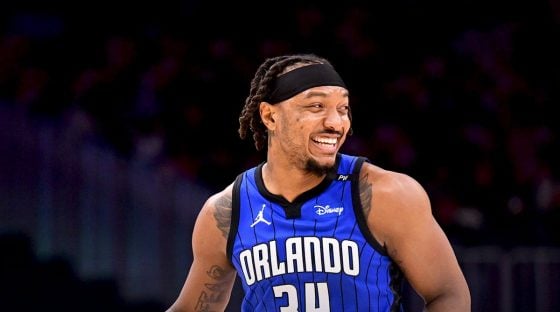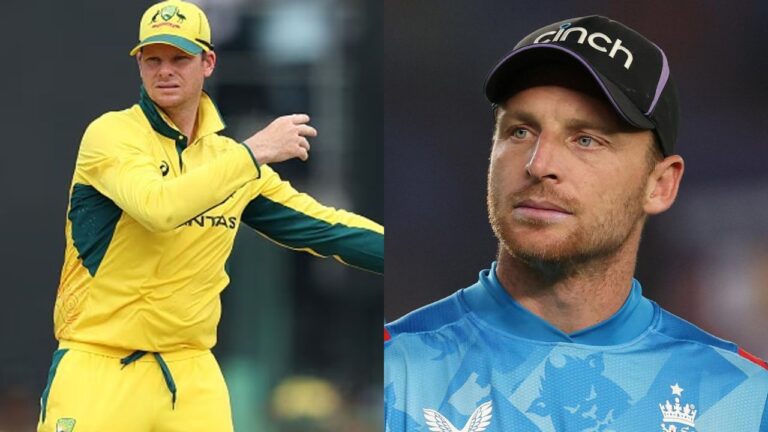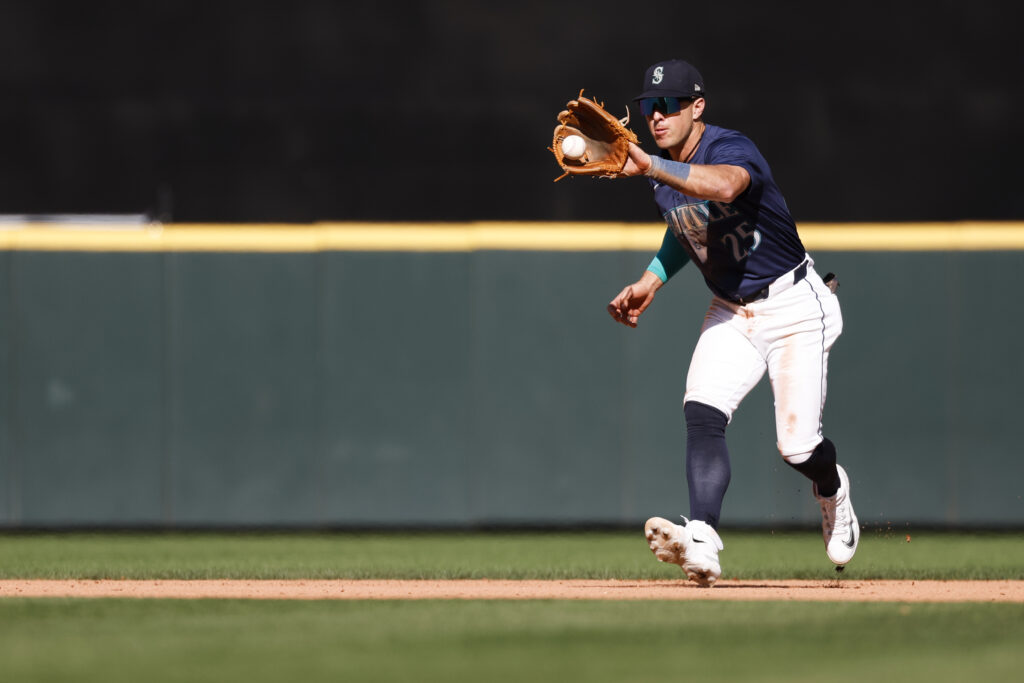
The Mariners spent most of the offseason looking to address the infield. They eventually made a pair of relatively small free agent pickups. Donovan Solano was brought in as a right-handed platoon partner for Luke Raley at first base. Seattle surprisingly re-signed last year’s second baseman Jorge Polanco after the worst season of his career. The M’s are attributing that dip mostly to knee issues that required postseason surgery.
Polanco is moving to third base. That’s an effort to reduce how much he’ll move laterally to hopefully put less stress on his knees. The Mariners needed to do something at third base. Josh Rojas, who’d provided very little offensively after the first month of last season, was non-tendered. Polanco’s return will hopefully provide a boost at the hot corner, but it leaves second base open. There’ll likely be a camp battle between a veteran utilityman, a couple players with limited big league experience, and perhaps one of the organization’s top prospects.
Dylan Moore
A six-year major league veteran, Moore has easily the most experience of anyone in the competition. He has been a productive role player for Seattle. Moore typically plays in over 100 games per season while bouncing around the diamond. He takes a lot of walks and brings some right-handed pop, but his batting averages have hovered around the Mendoza line. He’s a career .206/.316/.384 hitter. He posted a .201/.320/.367 line with 10 homers and 32 stolen bases across a career-high 441 plate appearances last year.
Park-adjusted metrics like wRC+ and OPS+ had his overall offensive output right around league average — a reflection of how difficult it is to hit at T-Mobile Park. Moore’s splits are stark. He hit .249/.362/.478 away from Seattle but mustered only a .144/.269/.234 slash line at home. He was also far better against left-handed pitching. Moore hit .229/.352/.410 when he held the platoon advantage, compared to a .183/.299/.339 mark against righties.
Daniel Kramer of MLB.com wrote last night that Moore was the frontrunner for the starting job, though the M’s haven’t made a final decision. The 32-year-old has never had one settled position. He played all four infield spots and in left field last year. Moore has logged over 100 career innings at every position aside from catcher. He’s miscast at shortstop and in center field but plays solid defense everywhere else. Both Defensive Runs Saved and Statcast have credited him as an above-average defender in his nearly 1100 career innings at the keystone.
Ryan Bliss
Bliss, 25, is a former second-round pick by Arizona whom the Mariners acquired in the Paul Sewald trade. He’s coming off a strong year at Triple-A Tacoma. The Auburn product hit .269/.377/.456 with 12 homers and 50 stolen bases (albeit with 13 times caught stealing) over 93 games. He drew walks at an excellent 14.1% clip against an average 22.4% strikeout rate. The Mariners called him up in late May.
Over his first 33 MLB contests, the righty-swinging Bliss hit .222/.290/.397. He hit a couple homers and swiped five bases, but he had a tough time making contact. Bliss struck out in 22 of his 71 plate appearances (a 31% rate) with a huge 16.5% swinging strike rate. That was a small sample in his first look at MLB pitching, so some struggles are to be expected, but the M’s optioned him back to Triple-A for the final two months of the season.
Listed at 5’7″ and 165 pounds, Bliss isn’t going to be a prototypical slugger. His average exit velocity and hard contact rate at both the Triple-A and MLB levels were solid, though. He has more power than it might seem at first glance. He’s a good athlete with decent strike zone discipline. The biggest question is whether the bat-to-ball skills will develop enough to make him a regular.
While Moore provides a ton of defensive flexibility, Bliss has a more limited profile. He played exclusively second base in the majors. Bliss has played on the left side of the infield (mostly shortstop) in the minors, but his arm strength is a question. He’s fast enough that the Mariners could eventually get him some work in the outfield, though his professional experience there consists of two minor league games in left field. Bliss still has a pair of options, so he’s likelier to end up back in Triple-A if he doesn’t win the second base job.
Cole Young
Young, 21, was Seattle’s first-round pick in 2022. He has ranked among Baseball America’s Top 100 overall prospects in all three professional seasons. Young has primarily played shortstop in the minors, but he started 37 games at second base with Double-A Arkansas last season. Barring injury to J.P. Crawford, Young figures to break into the majors as a second baseman.
Could that be as soon as Opening Day? President of baseball operations Jerry Dipoto has left the door open. “We are open to the idea that if any of our young players — if we feel like they have the ability to impact us in a meaningful way — show us that this is their time, we’re just going to let them run,” Dipoto said (via Kramer).
Young is coming off a strong Double-A season. He hit .271/.369/.390 with a robust 12.1% walk rate and a modest 15.8% strikeout percentage. While he only hit nine homers, he has an advanced hit tool and plate discipline. BA credits him as a potential plus hitter with fringe power who could play an above-average second base.
The lefty hitter has no Triple-A experience. The conventional path would be for him to begin the season in Tacoma with an eye towards a midseason promotion. That’s the likeliest outcome, but a big performance in Spring Training might accelerate the timeline.
Leo Rivas/Miles Mastrobuoni
Rivas, a switch-hitter, is likelier to wind up as a depth infielder than a regular. He reached the majors last year for the first time as a 26-year-old, hitting .233/.333/.274 in 43 games. Rivas posted big numbers in Triple-A. He turned in a .296/.441/.424 slash behind a massive 20.7% walk rate. He’ll work plenty of free passes but has limited power. Rivas can play shortstop and is better suited as a utility player. With two minor league options, he’ll likely bounce on and off the active roster.
Seattle acquired the 29-year-old Mastrobuoni in a DFA trade with the Cubs last month. He’s a .219/.279/.263 hitter over parts of three seasons. He’s unlikely to play regularly but could get occasional work around the infield if he holds onto his 40-man roster spot. He still has an option remaining.
